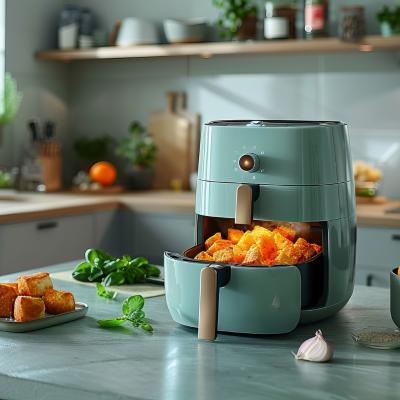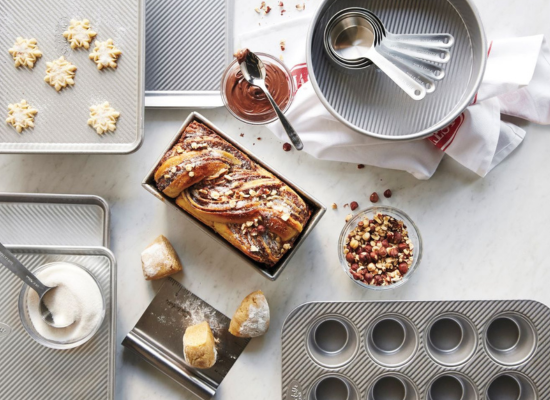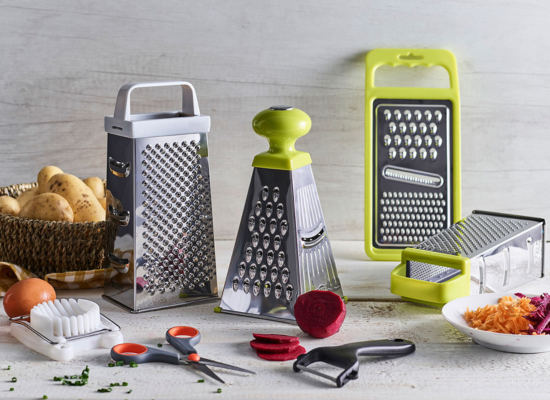
Stainless Steel Versus Non-Stick Cookware
What’s the difference between non-stick cookware and stainless steel? Non-stick cookware has a layer of non-stick coating on its interior, while stainless steel is a solid material that is polished to a non-stick surface. Here are the pros and cons of both option.
Stainless Steel Cookware
Stainless steel cookware consists of thick, all metal pots and pans. They are durable and long-lasting and they’re found in many professional kitchens. Stainless steel cookware can be used on most and even used in ovens.
If they get scratched or damaged, it won’t have a significantly negative impact on the pan itself.
Further, the pan can be seasoned, to provide an easier to use cooking surface.
One of the major benefits to stainless steel cookware is that its heavy metal bottom will retain heat and evenly distribute it throughout, making it easier to do things such as sear steaks.
On the other hand, stainless steel cookware is more expensive than non-stick cookware. It can be more difficult to use and to maintain, as it’s more likely that food will stick on the pan and then burn.
For delicate foods such as crepes, a stainless steel pan often will not work well. Crepes, eggs, and other delicate foods are usually better cooked in non-stick pans.
For delicate foods such as crepes, a stainless steel pan often will not work well. Crepes, eggs, and other delicate foods are usually better cooked in non-stick pans.
LEARN MORE: How To Choose Cookware
Non-Stick Cookware
Found in virtually any kitchen, non-stick cookware is what most people use when they first learn to cook. With a non-stick interior that will easily release foods, this type of cookware is versatile and easy to use. It’s especially good for those who are learning or for delicate food items, such as risottos.
Perhaps the greatest advantage to non-stick cookware relates to the price: non-stick cookware is very cheap, though this is because it’s nearly disposable.
Non-stick cookware has its place, even if it’s generally looked down on in culinary circles. For those who are cooking something challenging and delicate, a non-stick pan can make the process easier.
Unfortunately, there are a lot of downsides. Because its non-stick nature comes from a thin interior coating, it can lose its non-stick surface if it’s scratched. Once it does this, it has to be replaced. The interior cannot be restored, like seasoning can be redone.
Cheap non-stick cookware even has the potential to be dangerous. A cheap non-stick cooking pan can release harmful chemicals if it’s heated up too high.
This is one reason why they cannot generally be used in the oven. It can also be challenging to get a good sear on non-stick cookware, as cookware with a non-stick finish tends to be cheap and light, unable to retain or distribute heat properly.
What should I get?
Most kitchens will be best served by maintaining both stainless steel cookware and the incidental item of non-stick cookware.
For most things, stainless steel cookware is by far the best option. That’s undeniable. But there are some things, like eggs, that are easier cooked on a non-stick surface.
If you purchase a full set of stainless steel cookware and a couple of items of non-stick cookware, you should be set.



